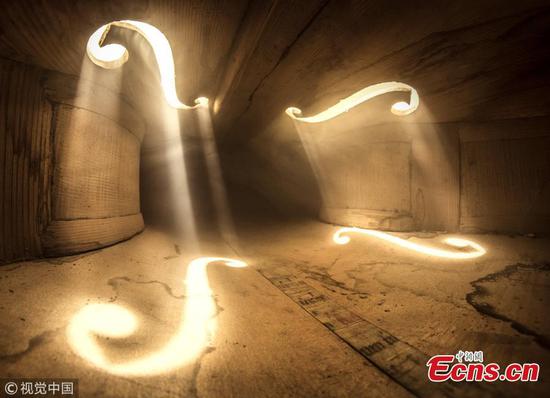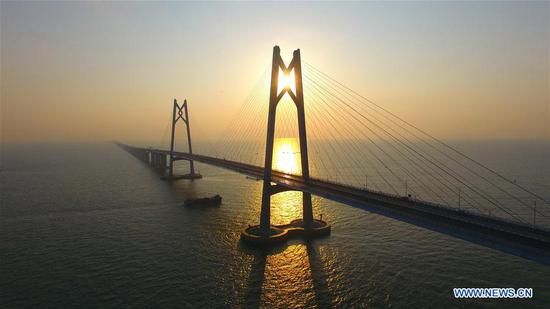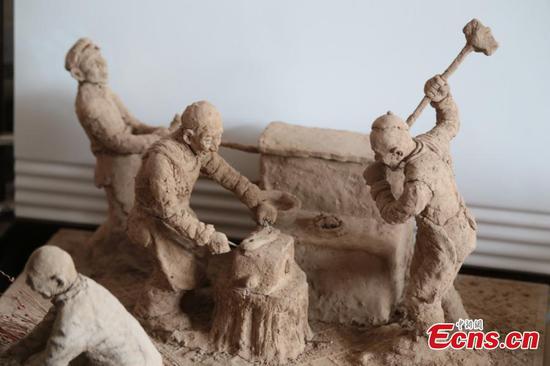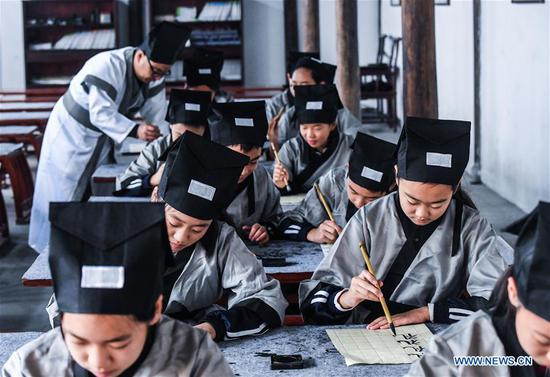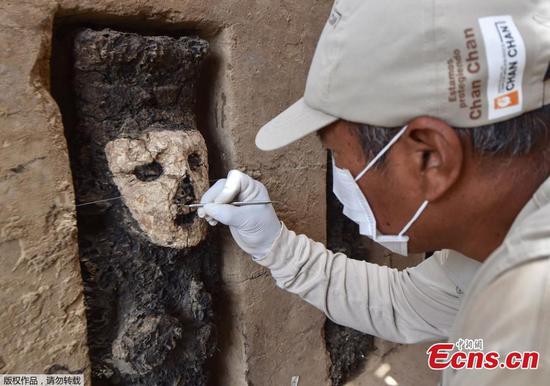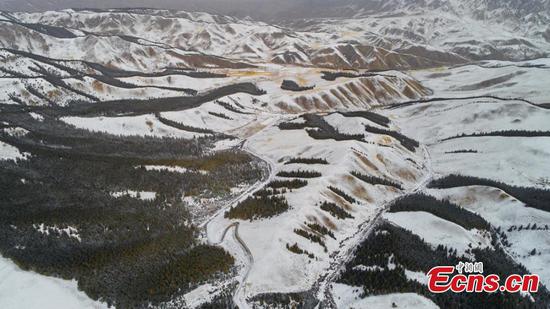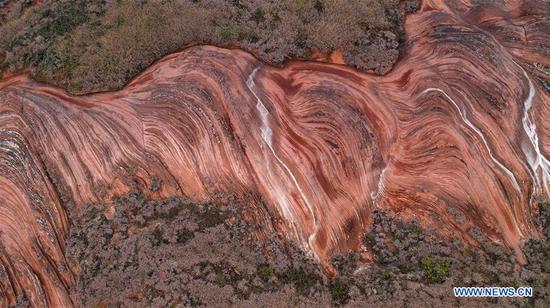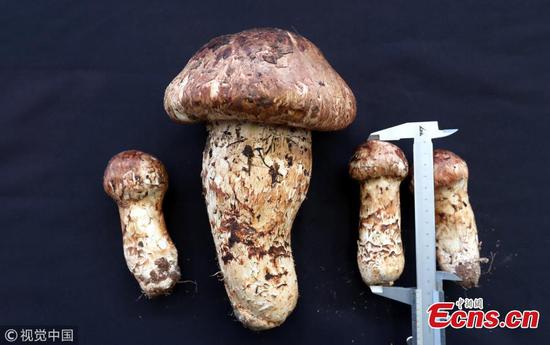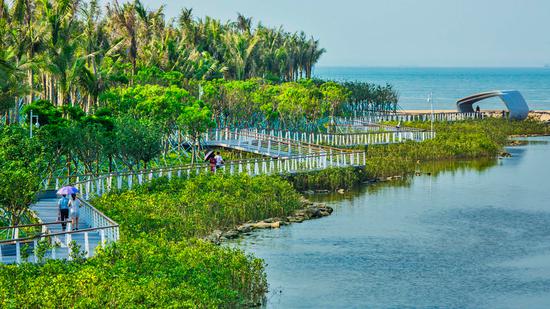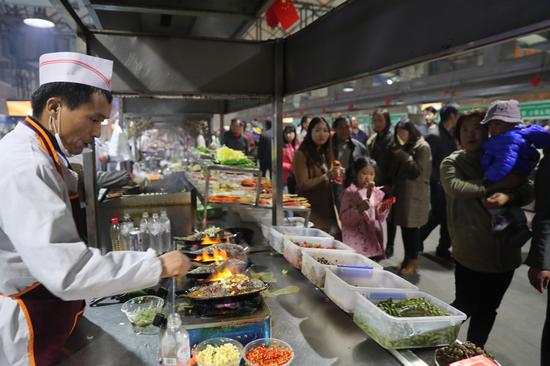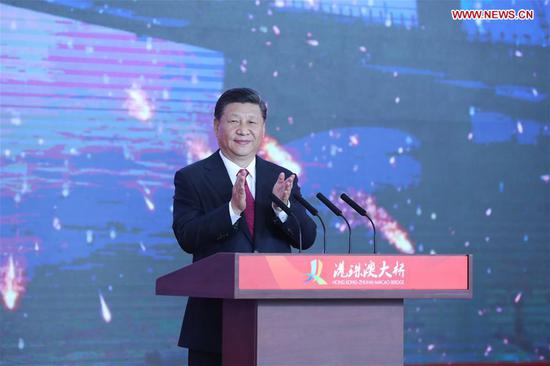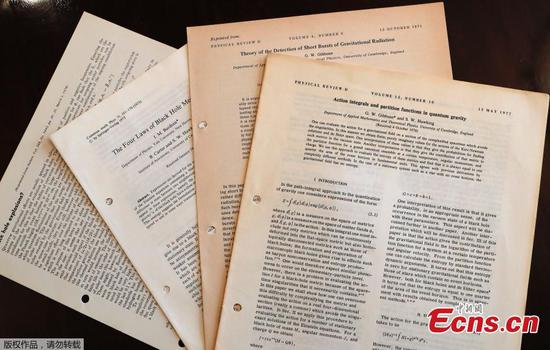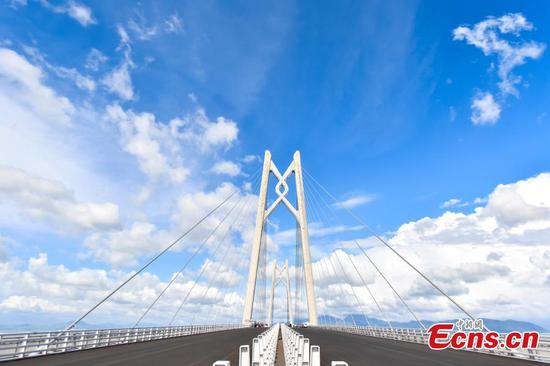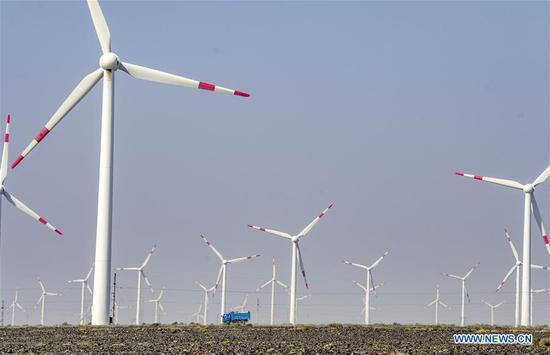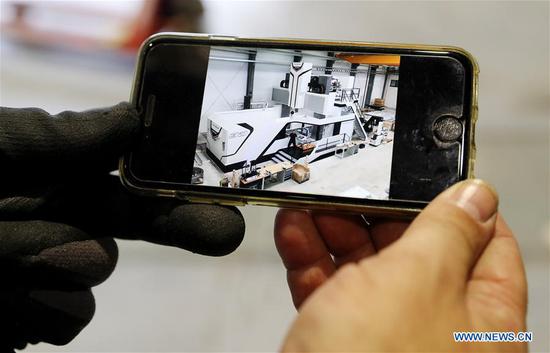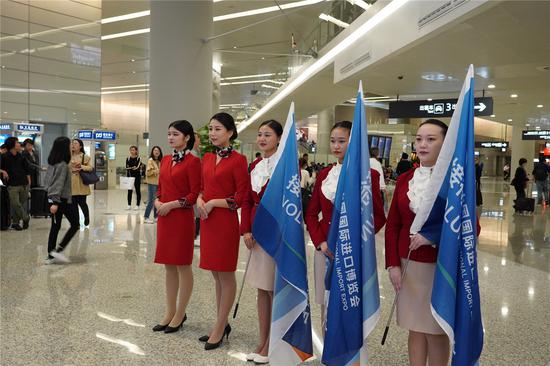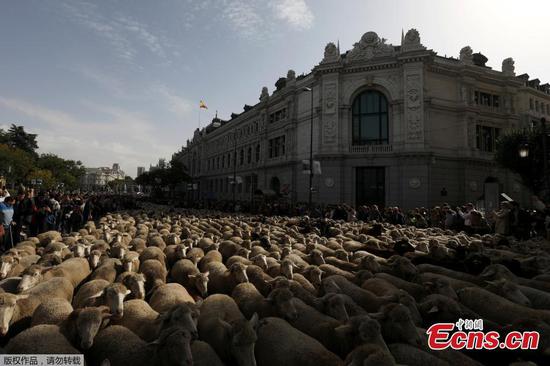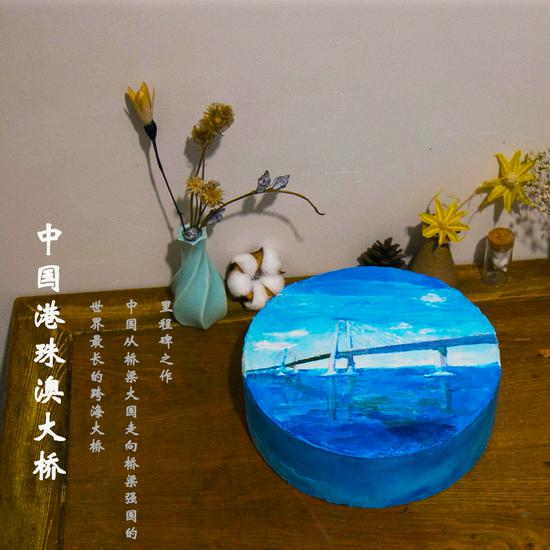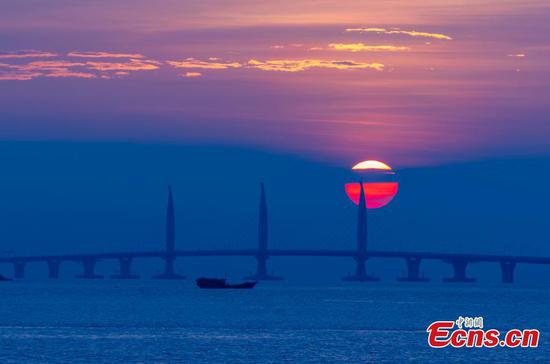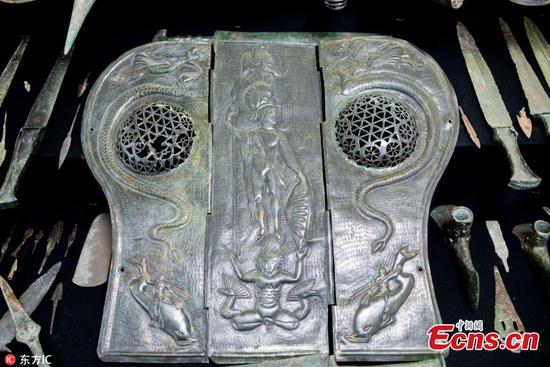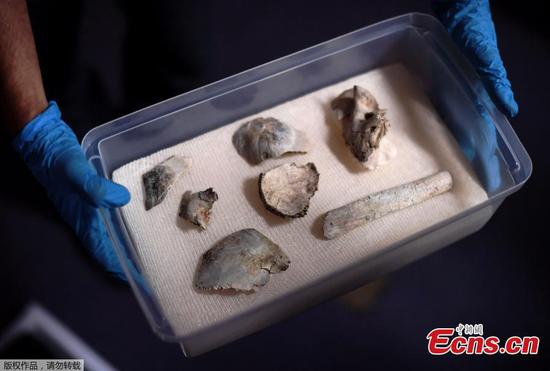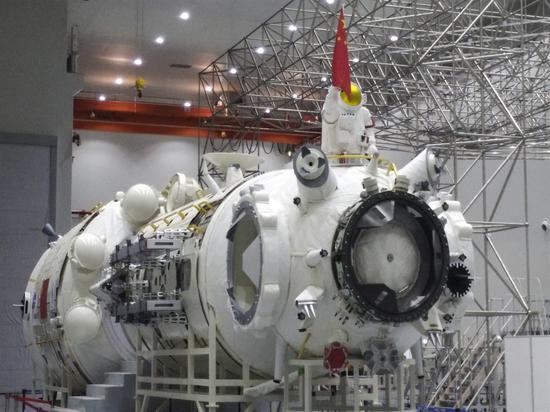
The prototype of the core module of China's first manned space station is seen at a research facility. The space station is expected to be operational around 2022. (Photo/China Daily)
The China Manned Space Agency made public on Tuesday some technical specifications of the core module of the country's future manned space station.
The core module, Tianhe, or Harmony of Heavens, will have three parts: the connecting section, life-support and control section, and resources section, the agency said in a statement at the Fifth Manned Space Conference, which opened on Tuesday in Xi'an, Shaanxi province.
The module will be equipped with three docking hatches reserved for visiting manned or cargo spacecraft and two berthing locations used to connect with space laboratories. There will also be a hatch for astronauts' extravehicular activities, the statement said.
The core module will be 16.6 meters long with a diameter of 4.2 meters. It will be central to the space station's operations, as astronauts will live there and control the entire station from inside it. The module will also be capable of hosting scientific experiments.
Chinese engineers are building a prototype of the core module, and construction of the core module is scheduled to start around year's end, the agency said.
China will start putting together its first manned space station around 2020, according to government plans. First, a Long March 5B heavy-lift rocket, which is being developed by Chinese scientists, will put the station's core module into orbit that year. Next, about four manned spaceflights will be made to send astronauts to assemble the station.
The space station is expected to be fully operational around 2022. It is set to operate for about 15 years, according to the China Academy of Space Technology, developer of the station.
In 2024, it will become the world's only space station if the United States-led International Space Station is retired that year as planned.
The multimodule station, named Tiangong, or Heavenly Palace, will be composed mainly of three parts-a core module attached to two space labs-having a combined weight of more than 90 metric tons, the academy said.
The station will be able to carry more than 10 tons of scientific and experimental equipment. It will have 26 internal payload cabinets, 67 external hatches designed to dock with medium-sized extravehicular apparatuses and four external points for towing large instruments, according to designers.
In late May, the United Nations Office for Outer Space Affairs and China Manned Space Agency jointly published their first announcement inviting scientists from around the world to submit their research proposals for a chance to conduct their own experiments on board the Chinese space station.
China also has announced that it welcomes foreign astronauts on its space station and has trained two European astronauts in sea survival, which is necessary for the space station mission.









